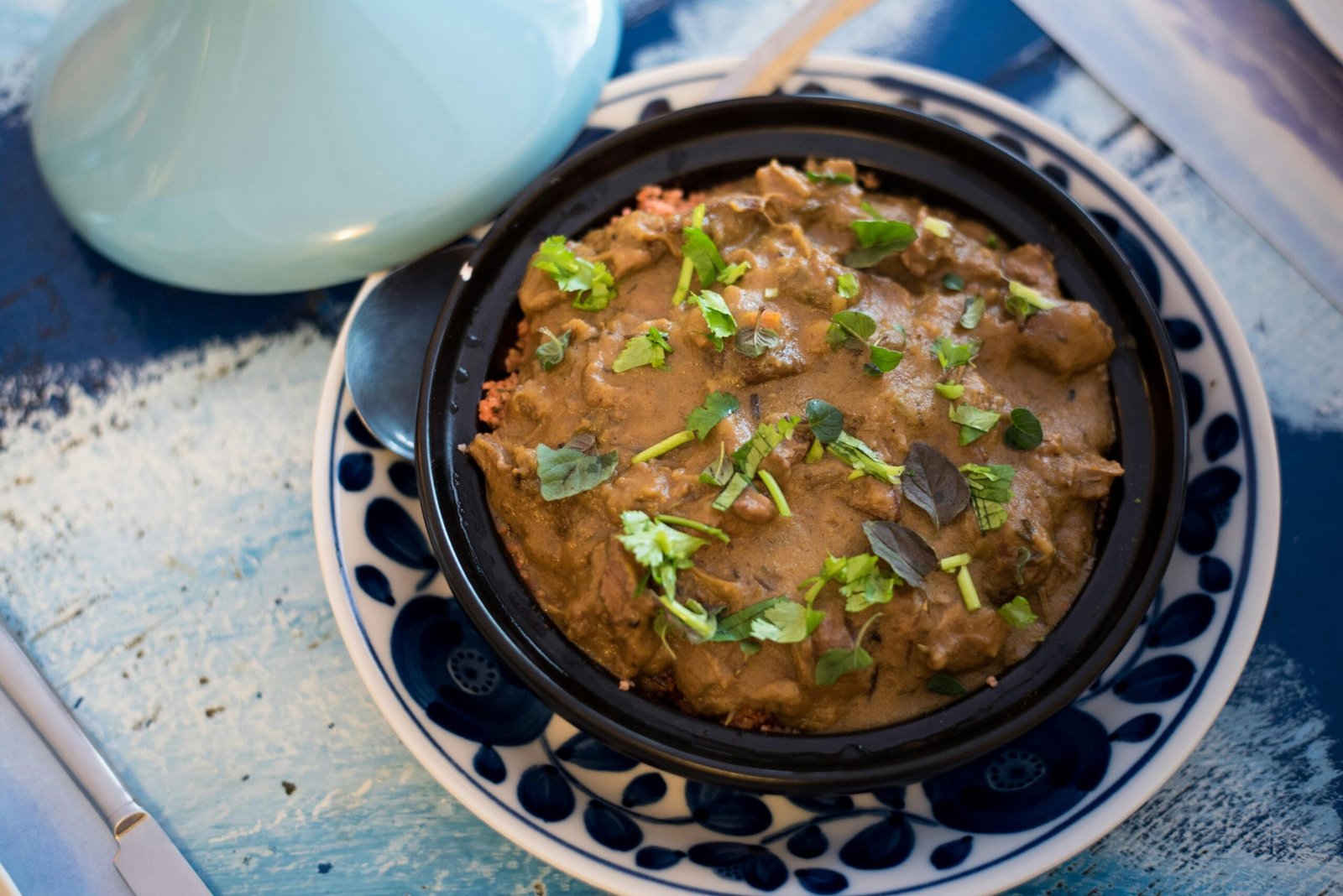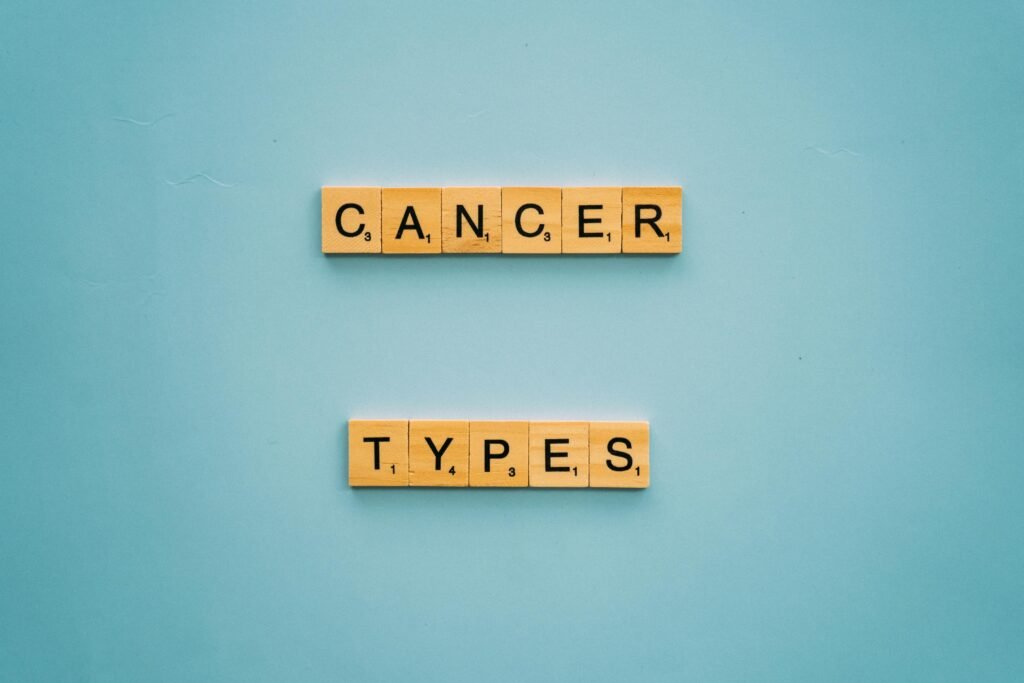Ever tried a diet plan only to feel more confused, bloated, or worse off than before? Yeah, it happens. But what if your weight loss struggles weren’t about willpower—or lack thereof—but about understanding your body’s unique constitution?
In this post, we’ll dive deep into Dosha Diet Risk Assessments, uncovering how Ayurveda can transform your approach to weight loss. You’ll learn why ignoring your dosha might be sabotaging your efforts, actionable steps to assess risks, and tips to thrive with an Ayurvedic lifestyle. Ready? Let’s roll.
Table of Contents
- Key Takeaways
- Why One-Size-Fits-All Diets Fail
- How to Assess Dosha-Based Diet Risks
- Tips for Success With Ayurvedic Weight Loss
- Real-World Examples: Success Stories
- FAQs About Dosha Diet Risk Assessments
Key Takeaways
- Dosha Diet Risk Assessments help identify imbalances in your body according to Ayurveda (Vata, Pitta, Kapha).
- Ignoring your dosha type can lead to ineffective diets, digestive issues, and health setbacks.
- Ayurvedic principles align nutrition with individual needs, promoting natural weight loss without harsh restrictions.
Why One-Size-Fits-All Diets Fail
“Optimist You says,* ‘I’ve found the perfect meal plan! I just need to follow it strictly!’ Grumpy You replies,* ‘Ugh, good luck sticking to that when your body literally rebels against you.'”*
Let’s be honest—how many times have you jumped on the latest trend diet only to quit after a week because it made you feel miserable? Whether it was keto, intermittent fasting, or some juice cleanse from TikTok, these fads rarely consider one crucial thing: your uniqueness.

Personal confession: Back in my early 20s, I went full throttle on an extreme low-carb diet thinking carbs were the enemy. Spoiler alert: My energy tanked, I gained weight instead of losing it, and my skin broke out like crazy. Sound familiar? That’s because generic diets don’t account for bio-individuality—or in Ayurvedic terms, your dosha.
Ayurveda teaches us there are three primary doshas: Vata, Pitta, and Kapha. Each has distinct characteristics influencing metabolism, digestion, stress response, and even food cravings. Following a “standard” diet without considering these factors is like trying to fit square pegs into round holes—it’s bound to fail.
How to Assess Dosha-Based Diet Risks
Navigating Ayurvedic weight loss begins with understanding where your body stands. Here’s how to conduct a basic Dosha Diet Risk Assessment:
Step 1: Identify Your Primary Dosha
Take a dosha quiz (like this one) or consult an Ayurvedic practitioner to determine whether you’re predominantly Vata, Pitta, or Kapha. Don’t skip this step—it’s the foundation!
Step 2: Track Symptoms Over Time
Keep a journal noting patterns such as bloating, fatigue, irritability, or sugar cravings. Cross-reference these symptoms against common signs of doshic imbalance:
- Vata Imbalance: Anxiety, dry skin, irregular digestion.
- Pitta Imbalance: Acne, anger, acid reflux.
- Kapha Imbalance: Weight gain, lethargy, mucous buildup.
Step 3: Adjust Nutrition Accordingly
*Pro Tip*: Always seek guidance before making radical changes.* For instance, cooling foods suit fiery Pittas, while grounding meals benefit airy Vatas. Experiment cautiously to avoid overcorrection.

Tips for Success With Ayurvedic Weight Loss
So now you know your dosha… but what next? Below are practical strategies tailored to support your journey:
- Eat Seasonally: Nature designed produce to complement seasonal shifts. Winter calls for warming soups, summer thrives on hydrating fruits.
- Sip Warm Water: Swap ice-cold beverages for warm water infused with lemon or ginger—it boosts digestion big time.
- Practice Mindful Eating: Chew thoroughly, savor flavors, and eliminate distractions during meals. Sounds simple, but oh-so-effective.
- Exercise Based on Dosha: Vatas excel at calming practices like yoga; Pittas shine with cardio; Kaphas thrive through strength training.
Real-World Examples: Success Stories
Case Study #1: Sarah, 34
Sarah struggled with stubborn belly fat despite years of restrictive calorie-counting. After identifying as a Vata-Pitta blend, she swapped cold salads for cooked grains and incorporated daily self-massage using sesame oil. Result? She lost 15 pounds in six months—without starving herself.
Case Study #2: Raj, 42
Raj constantly battled sluggishness and weight fluctuations until embracing Ayurvedic cleansing routines and adopting anti-inflammatory spices like turmeric. His blood work improved, and he shed excess pounds naturally.
FAQs About Dosha Diet Risk Assessments
Q: Can I figure out my dosha online?
A: Yes, reputable quizzes exist, but consulting a certified practitioner ensures accuracy.
Q: Are there any bad foods for weight loss in Ayurveda?
A: Not inherently “bad,” but certain foods may aggravate your specific dosha if consumed excessively (e.g., fried foods inflame Pitta).
Q: How long does it take to see results?
A: It varies, but consistent adherence typically shows noticeable improvements within 3–6 months.
Conclusion
Understanding Dosha Diet Risk Assessments could be the missing piece in your weight loss puzzle. By honoring your body’s innate wisdom and aligning eating habits with its needs, sustainable results become possible—and dare we say, enjoyable.
Ready to embrace personalized wellness? Start by taking that dosha quiz or booking a consultation. And remember, progress takes patience—so treat yourself kindly along the way.

*Just like a Tamagotchi, your Ayurvedic journey requires nurturing every day. Feed it well.* 😊


